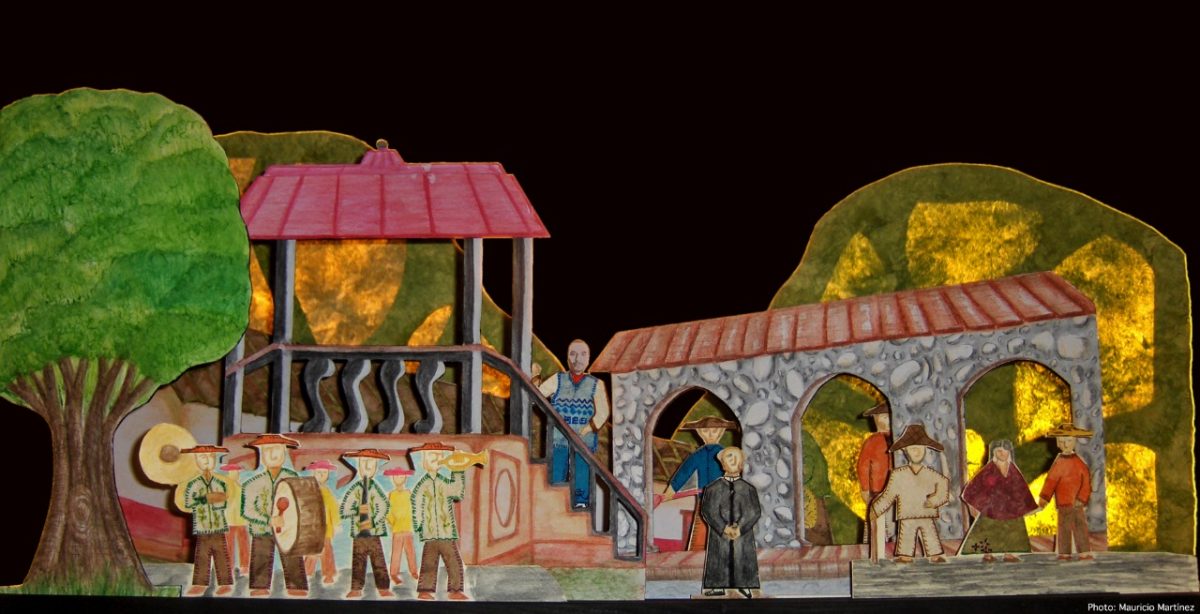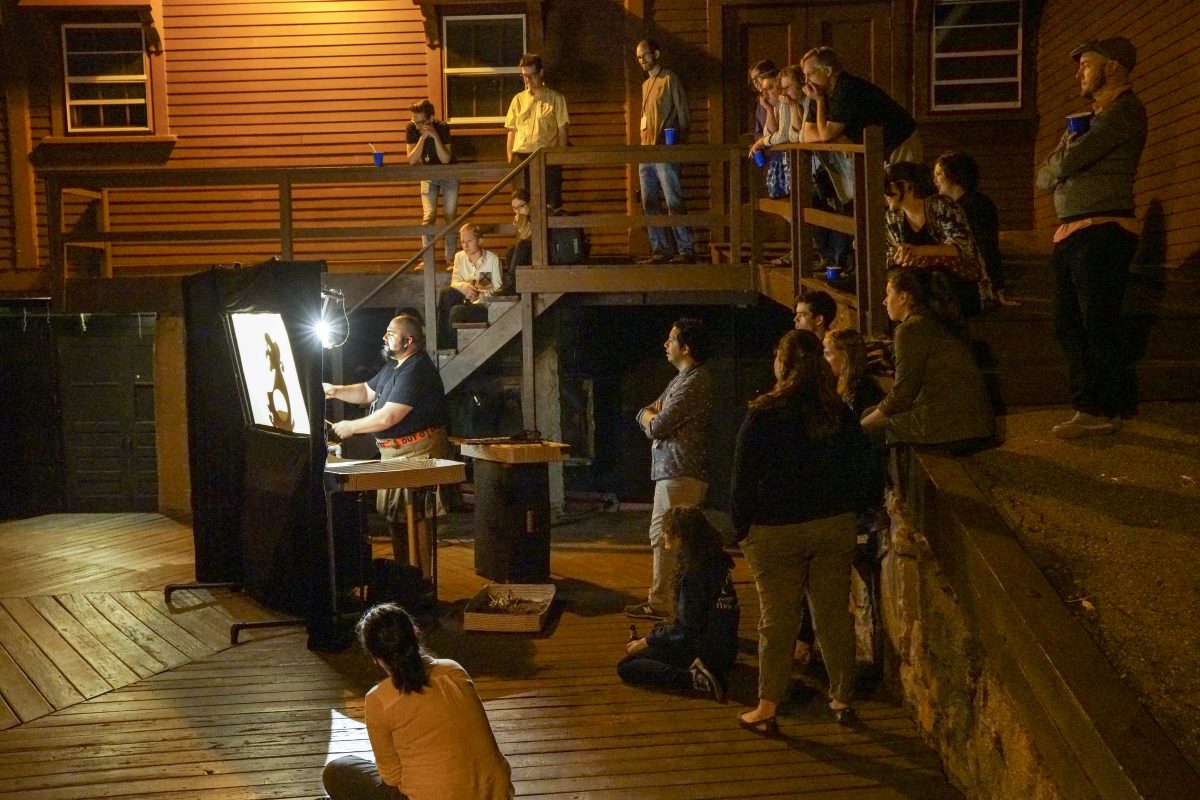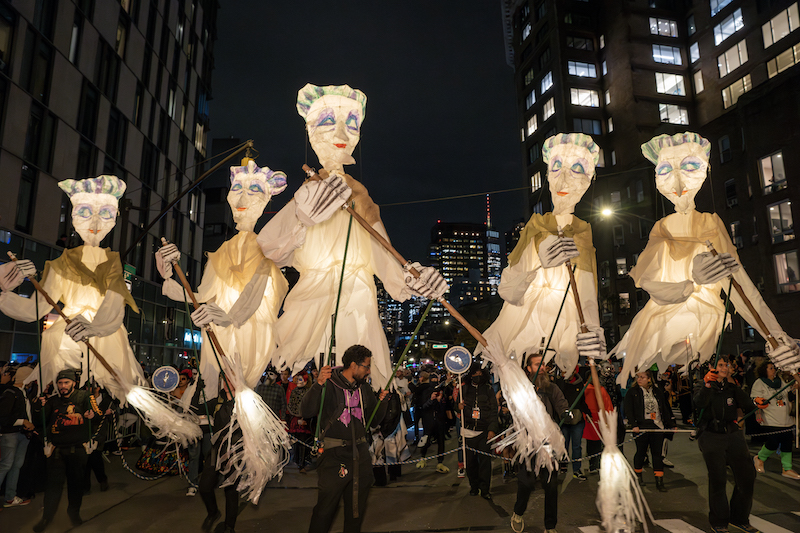
The Ballard Institute will present the grand opening of its new exhibition Somos Uno: Mexican and Mexican American Puppetry on Saturday, Nov. 15, with refreshments served at 4:30 p.m. a tour at 5 p.m., and a performance of Somos Uno: The Puppet Show at 6:30 p.m. The tour will also be streamed on Ballard Institute’s Facebook Live. All events will take place at the Ballard Institute, located at 1 Royce Circle in Downtown Storrs.
Somos Uno: Mexican and Mexican American Puppetry, curated by Ballard Institute Director John Bell and undergraduate Puppet Arts student Sol Ramirez,will showcase puppets, masks, toy theaters, calaveras and other performing objects from pre-Columbian times to the present, to understand the roots, hardships, and power of a culture uniting to thrive as one. The exhibition will feature historical work by the Rosete Aranda Company, three generations of the Cueto Family, Alebrije creator Pedro Linares, and California’s El Teatro Campesino, as well as work by Edwin Salas, Lormíga Titeres, Teatro del Gato, Alejandro Benítez, and other artists and puppeteers. Reservations are not required to attend the free exhibition tour.
The opening weekend will also include performances of Somos Uno: The Puppet Show by exhibition co-curator Sol Ramirez. Ramirez will utilize puppetry, shadows, music and dance to celebrate both Mexican and Latine culture as a whole. Performances will take place on Saturday, Nov. 15 at 6:30 p.m. and Sunday, Nov. 16 at 2 p.m. The runtime is 40 minutes and recommended for 10+. Tickets are free but reservations are required. You can reserve tickets at: https://www.ticketleap.events/tickets/bimp-0/somos-uno. This show is co-sponsored by
The museum will be closed through Nov. 14 while the new exhibition is installed. After the opening, the Ballard Institute will be open Wednesday through Friday from 11 a.m. to 5 p.m. and Saturday and Sunday from 11 a.m. to 7 p.m. There is no set admission, but visitors are encouraged to pay as they wish. Learn more at bimp.uconn.edu.

